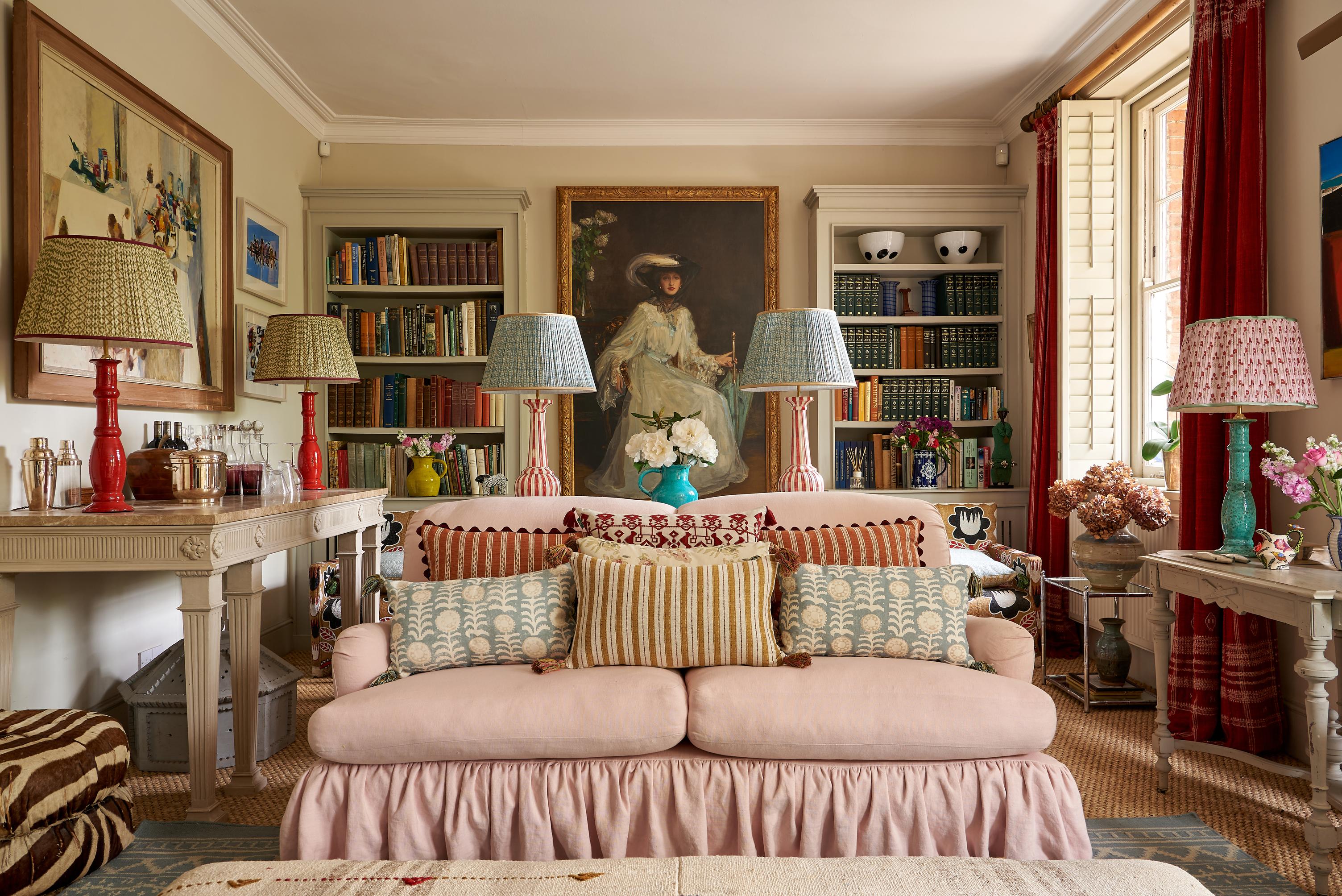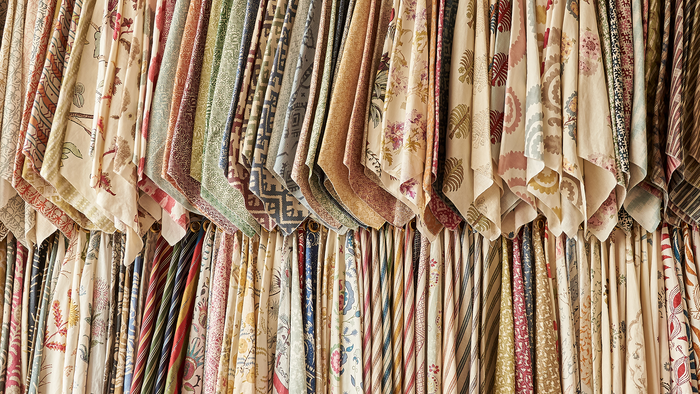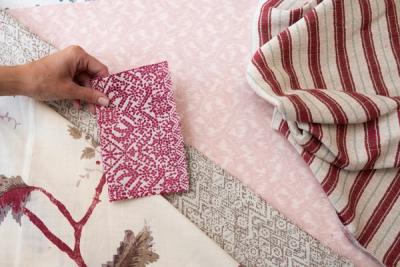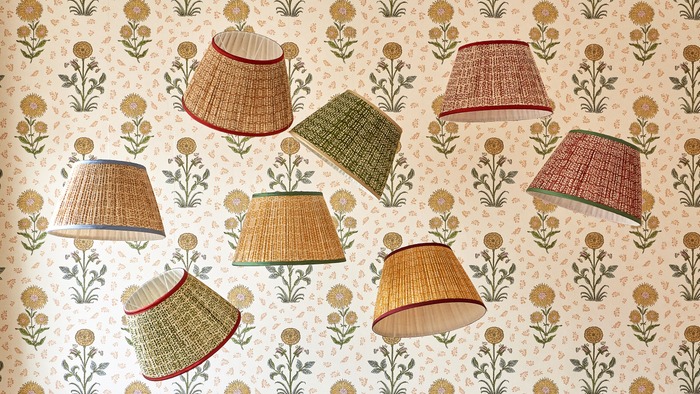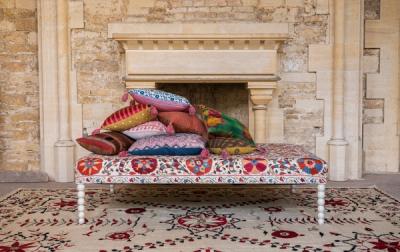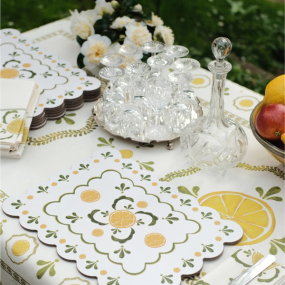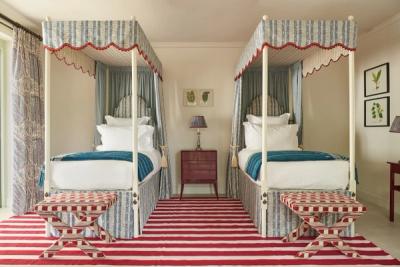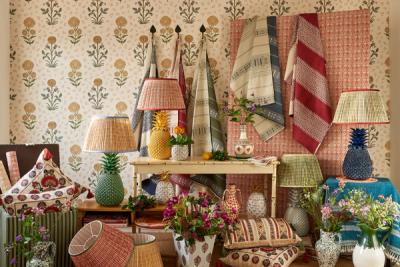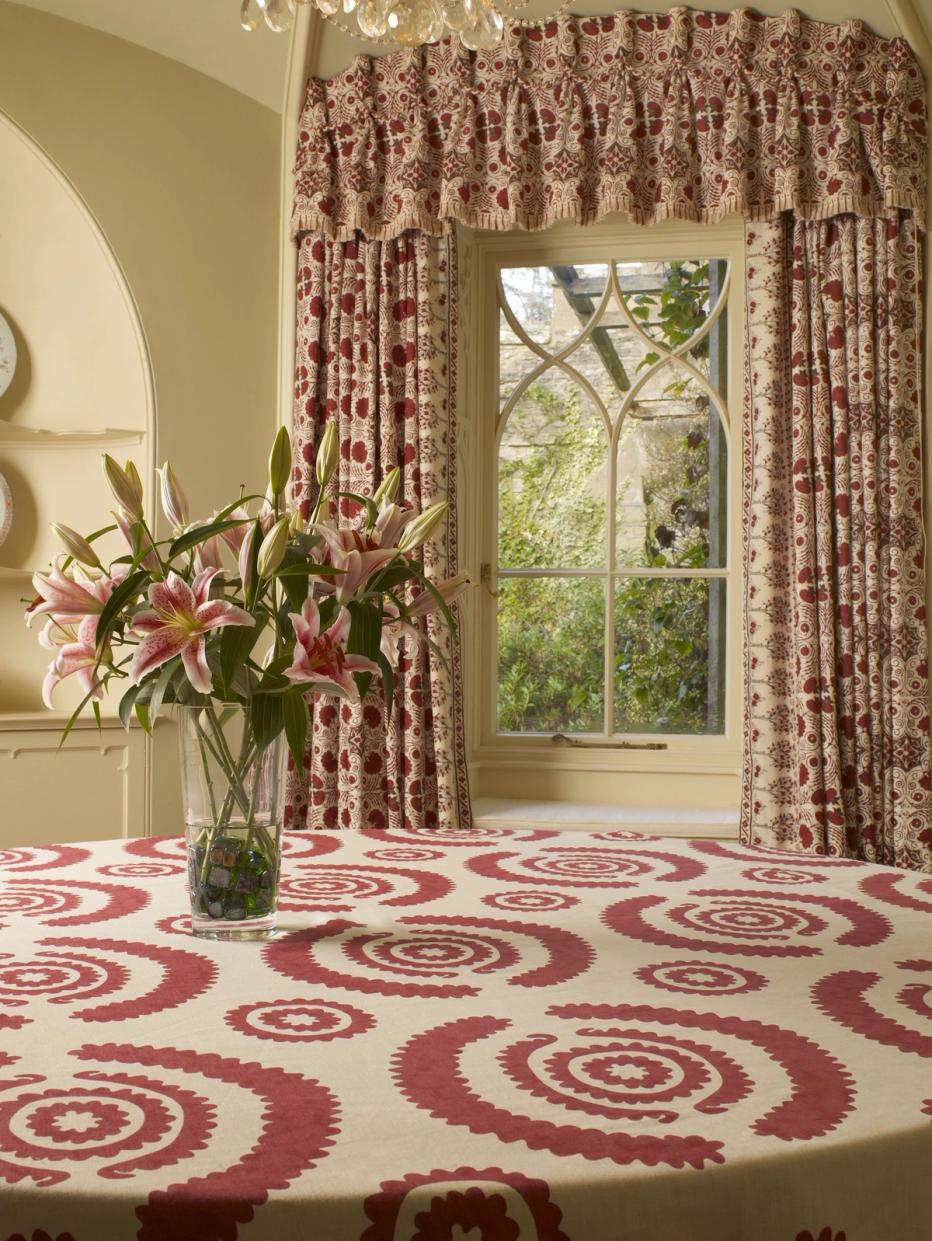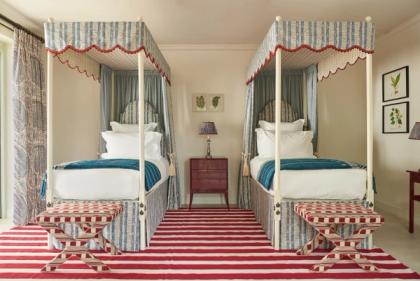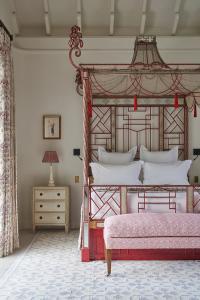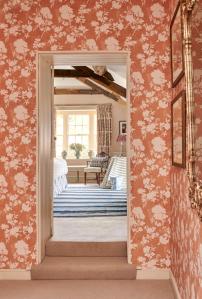Decoration
Soft Divides – The Many Different Ways to Use Curtains Throughout the Home
Curtains are so versatile, but do we make enough use of them? Click here for more.
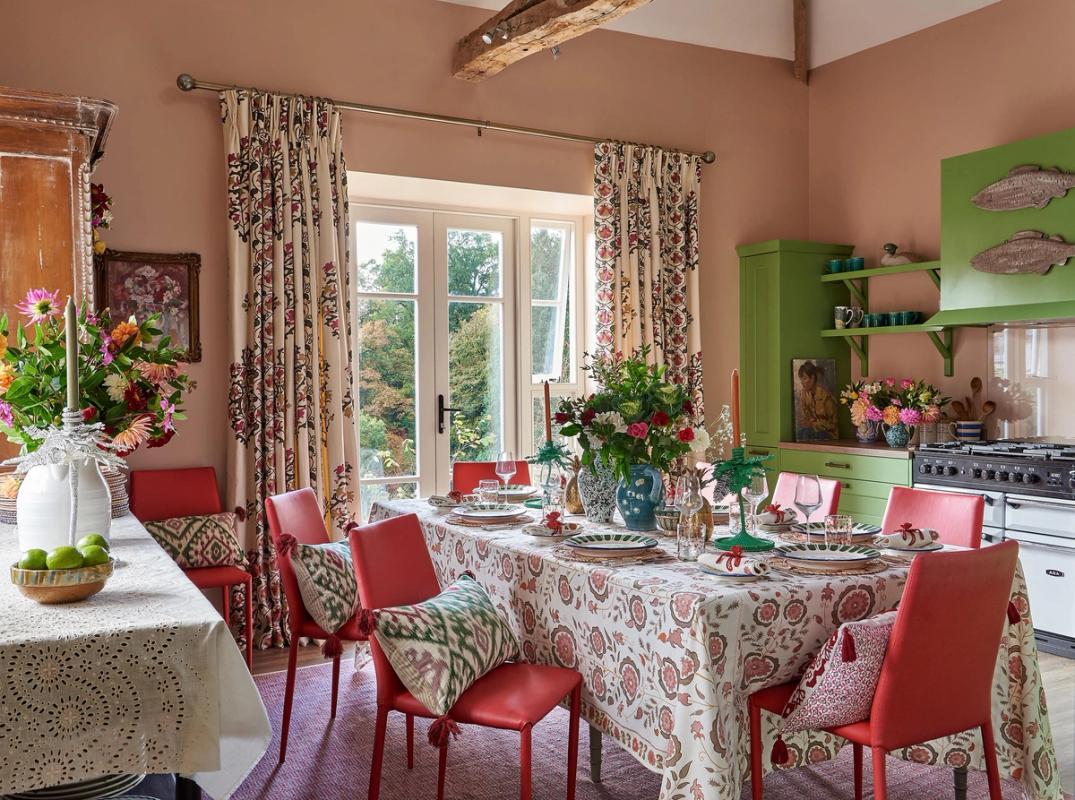
Soft Divides – The Many Different Ways to Use Curtains Throughout the Home
Rugs on the walls, wallpaper on the ceiling, internal windows. The fundamentals of interior design have always been prone to slinking off somewhere they were not originally intended to go, subverting expectations and giving rise to beautiful new forms of expression.
Curtains are no exception – and are, perhaps, one of the most successful examples we have of a fundamental moving sideways to great success.
But, as always, interior design is a revolving world, and uptake among leading designers swells just as surely as it will subside again. By this point in the year – and on the verge of spring – the lead roles have already made themselves known, and it’s clear that the versatile curtain is ready to take off once again.
The statement
Curtains have as much power to make a statement as any other feature in the room – but, for the most part, they are content with a supporting role. It’s easy enough to deploy a statement fabric pattern around a feature window and let the rest of the room’s décor play the supporting role but, more recently, designers have been favouring more novel ways to make a statement with the curtain.
From dramatically draped and layered fabrics, seemingly slung over windows and doorways like forest vines or tall, imposing figures resting to take in the views, to curtains that seem to melt into the walls as the same print is repeated in the wallpaper, the curtain is by no means a forgotten component.
The broken plan
We’ve written before about the recent popularity of the broken plan kitchen, which utilises screens, half-walls, glass panels and other tools for dividing a room into smaller parts without resorting to internal walls and doorways.
Curtains are the ideal tool for the broken plan layout. From surrounding a dining table within a much larger space – a family room or open-plan kitchen – to creating a cosier reading nook in one corner of the living room, they’re a commitment-free (and very bohemian) way to get more out of a single space, along with the dramatic effect of a long, draping sheet of beautiful fabric pooling on the floor.
A room can be converted from spacious and open, to intimate and atmospheric at a moment’s notice – and, with the right layout, you can take advantage of…
The soft divide
Curtains can be almost as effective as partition walls when it comes to breaking up a space. True, they are lacking some of the clear benefits of internal walls – soundproofing and privacy, for a start – but there is something altogether romantic about a room of soft divisions.
Beyond the versatility this sort of approach offers, there’s also an obvious benefit for the space’s lighting. The right curtains can allow a soft, natural light to reach into every part of the room during the day, however broken its floor plan may be. In the evening, decorative lighting can take a similar path between separate spaces – ebbing through the fabric and creating a unique ambience that is as unique as it is charming.
The feathered edge
Curtains do not break-up a space with the same definitive edges and stopping points that the more traditional alternatives do. Take, for instance, the kitchen. Despite this part of the house going through countless evolutions over the years, from the timelessly charming cottage style to industrial odes to concrete and exposed pipework – and everything in between – almost every iteration has depended on the same clear, straight-edged framework. In other words, the use of cupboard doors is rarely challenged.
But replacing the cupboard doors with curtains can be incredibly impactful – if a little controversial. A recent piece published by Architectural Digest on Noemi Marone Cinzano’s Portuguese villa showcased her curtained kitchen fittings, complete with a hot, fuchsia-pink interpretation of the classic Toile de Jouy fabric.
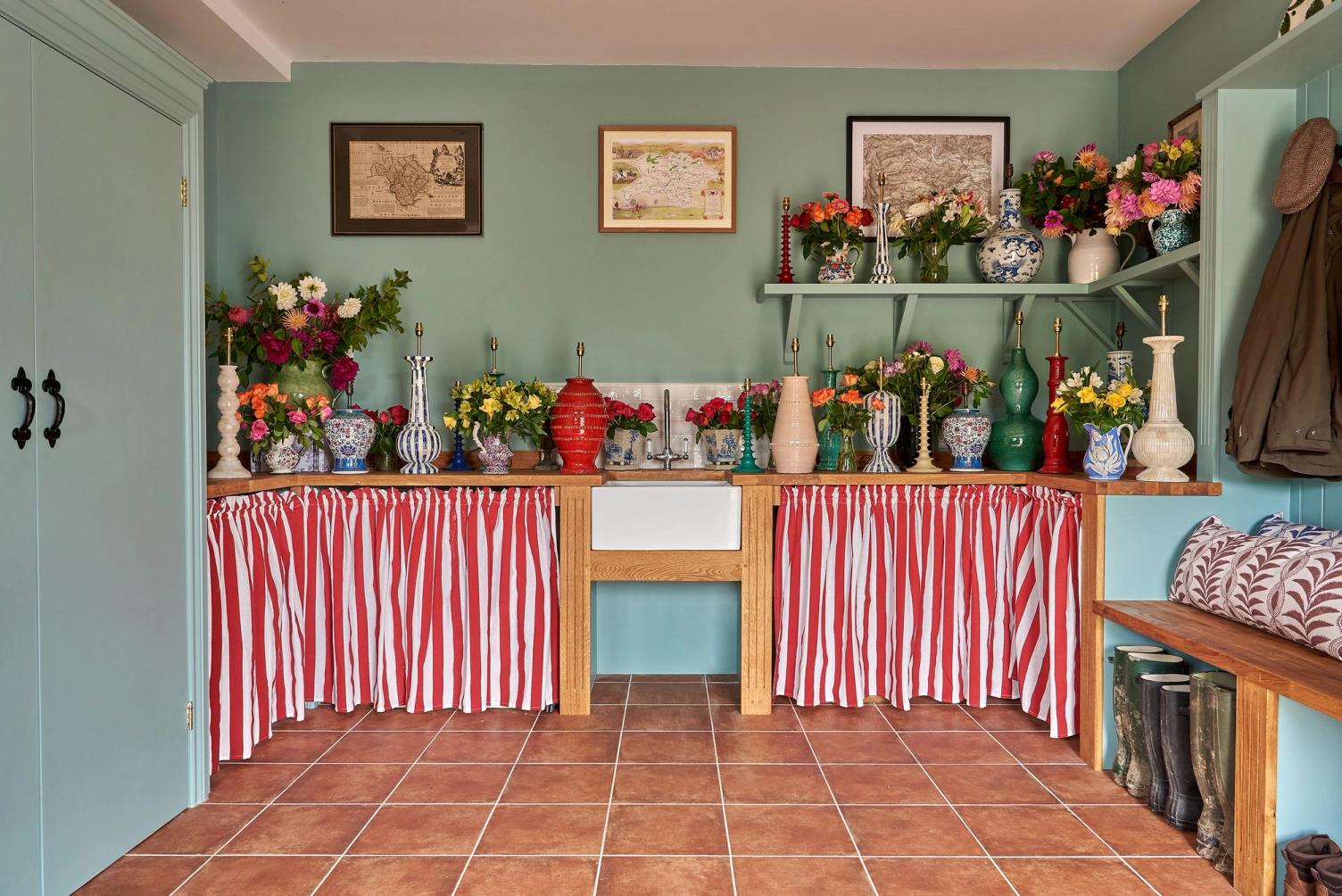
The effect is certainly attention-grabbing, even if it is not everyone’s cup of tea – nor the most practical alternative to an open-or-closed kitchen door. It feathers the edges of the traditional ‘fitted kitchen’, and suits the laid-back, Mediterranean style.
There is nothing revolutionary taking place in the world of curtains. Draping, dividing, and replacing doorways and cupboards with curtains have all been done before, but now represents a great time for gathering inspiration and re-embracing one of the most versatile of interior design’s ‘core’ elements.
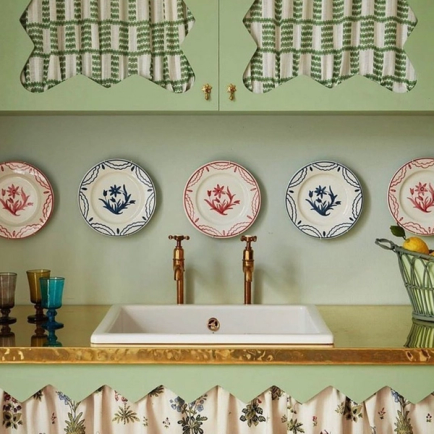
More from Decoration
